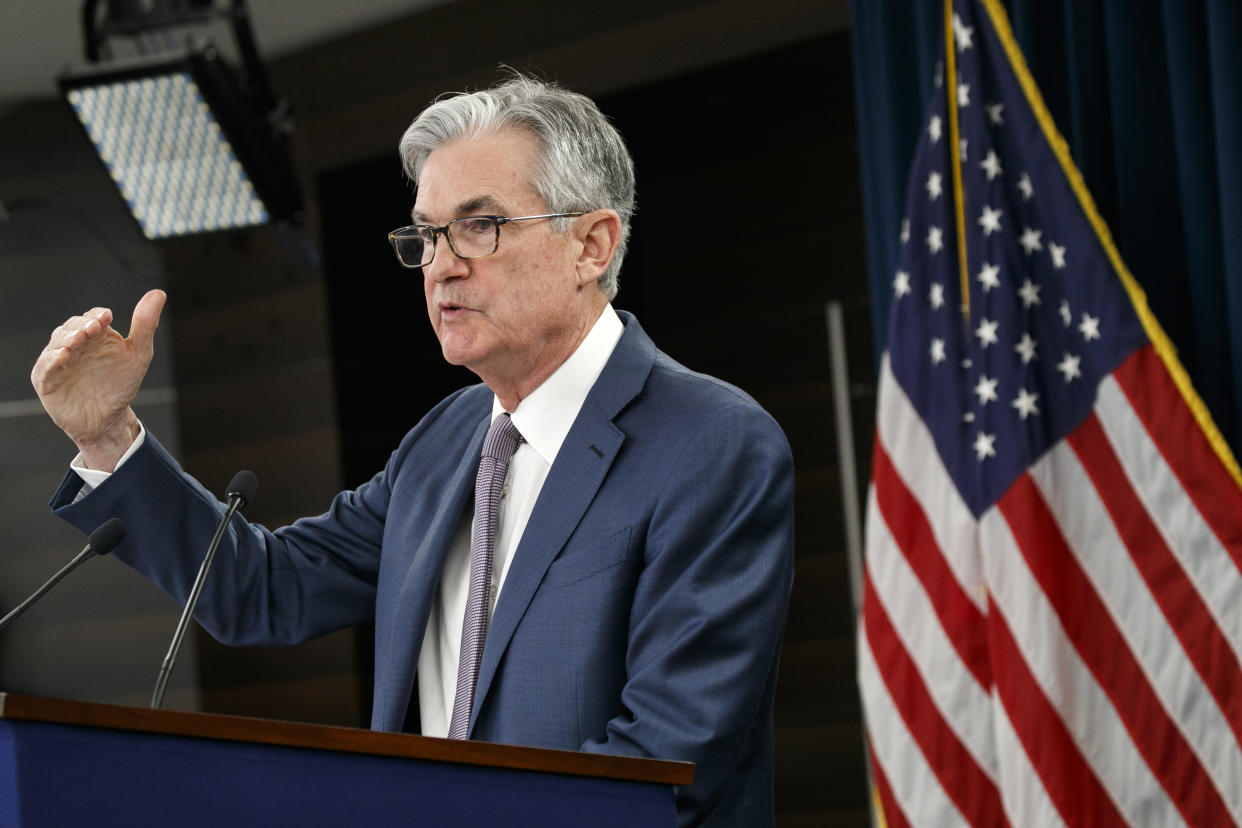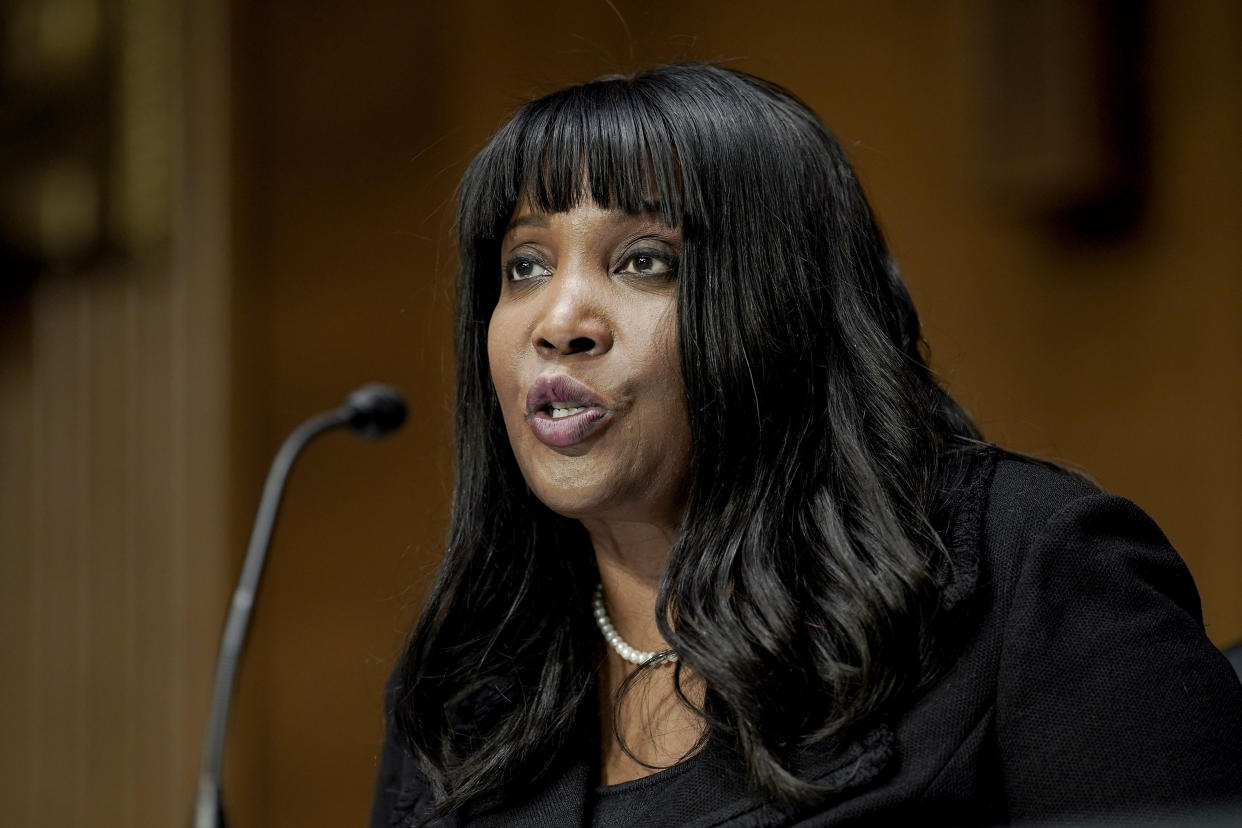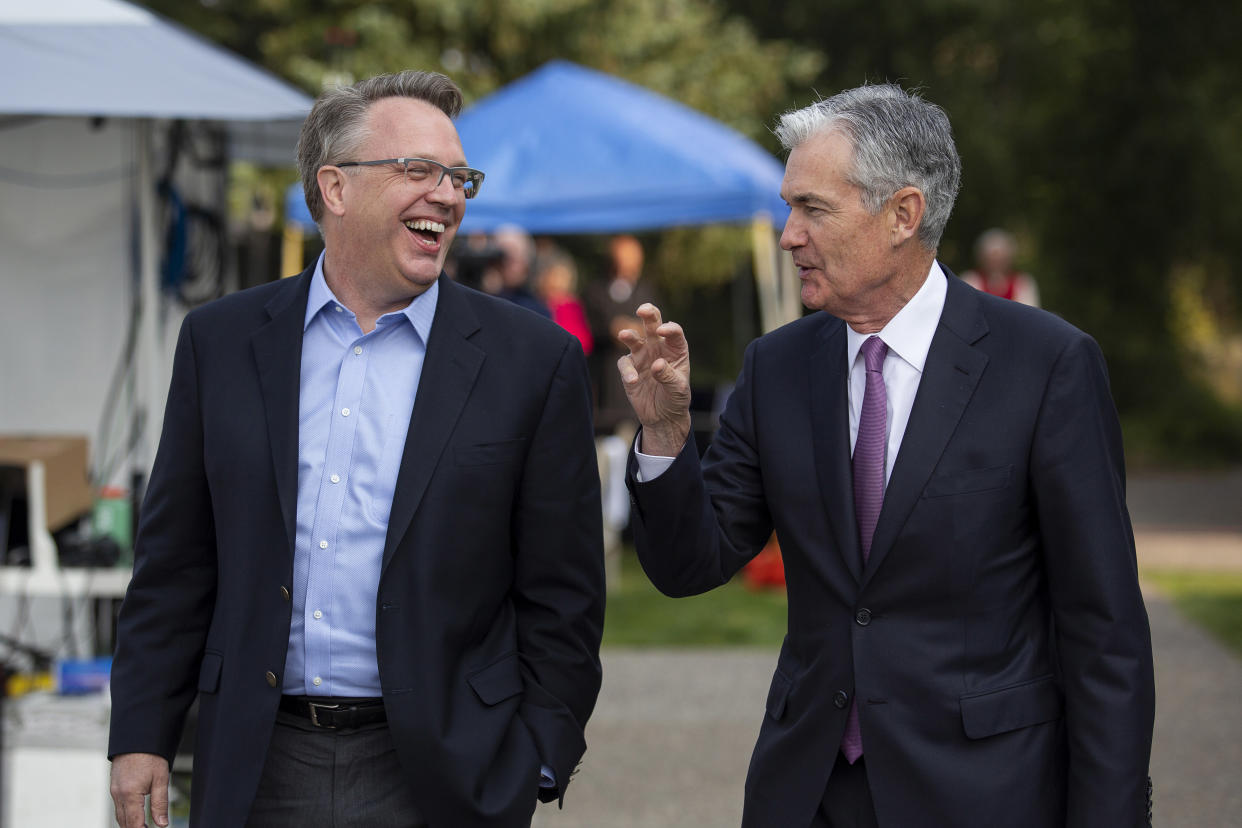Fed officials remain steadfast: Hike rates and hold them there
Fed officials cautioned markets against hoping for rate cuts next year by sending the unified message that they intend to hike rates and hold them there, even if confronted with signs of a weakening economy.
The hotter-than-expected September jobs report released Friday justified the Fed’s intended actions to tame inflation and underscored that officials have room to do so without knocking the job market off course.
Ahead of the report, Fed Governor Waller said a jobs report of around 260,000 would show that the labor market is slowing a bit but is still quite tight. With the actual number of 263,000 coming in line with that estimate, the jobs report is not likely to alter Fed policymakers’ view that the central bank should solely focus on reducing inflation.
Here’s a round-up of commentary from Fed officials this week:

Minneapolis Fed President Neel Kashkari
“Until I see some evidence that underlying inflation has solidly peaked and is hopefully headed back down, I’m not ready to declare a pause. I think we’re quite a ways away from a pause.”
Minneapolis Fed President Neel Kashkari said Thursday morning he’s not ready to pause rate hikes because the central bank is not done bringing inflation down. The Fed president added that he expects there will be losses and failures sustained by the global economy as the Fed moves toward a higher interest rate environment but that that’s the nature of capitalism.
“The bar to actually shifting our stance on policy is very high,” Kashkari said. Though, he acknowledged that the Fed needs to keep an eye on risks that could be destabilizing for the U.S. economy.
Atlanta Fed President Raphael Bostic
“Be assured that I am not advocating a quick turn toward accommodation.”
Speaking on Wednesday, Atlanta Fed President Raphael Bostic also assured markets that the central bank will not be quick to lower rates as the U.S. economy is not out of the “inflationary woods.”
“On the contrary," Bostic said. "You no doubt are aware of considerable speculation already that the Fed could begin lowering rates in 2023 if economic activity slows and the rate of inflation starts to fall. I would say: Not so fast.”

Fed Governor Lisa Cook
“Restoring price stability likely will require ongoing rate hikes and then keeping policy restrictive for some time until we are confident that inflation is firmly on the path toward our 2 percent goal.”
In her first remarks since taking office, Fed Governor Lisa Cook joined the chorus of officials who say inflation is too high and the Federal Reserve must keep at it until the job is done.
Cook stated that inflation has been “stubbornly persistent” and that she fully supported front-loading rate hikes at the last three policy meetings.
She added that while lowering inflation will bring some pain, not bringing inflation down would make it harder and more painful to restore price stability in the future. Cook also noted that it will become appropriate to slow the pace of interest rate increases at some point, but it will depend on the data as the Fed assesses the impact of previous rate hikes.
San Francisco Fed President Mary Daly
“I don’t see that happening at all,” told Bloomberg Television when asked about the trajectory in futures pricing that suggests rate hikes followed by reductions.
San Francisco Fed President Mary Daly doesn’t see the Fed cutting rates by the end of 2023, according to her comments on Wednesday. Instead, she remained steadfast that the Fed’s interest rate projections, which suggest the Fed will keep interest rates elevated until 2024, still hold true.
Daly was also encouraged by the sharp 10% drop in job openings in August cited by the JOLTS survey. She said that she expects more of a drop-off to come and that fewer job openings provides one way to get the labor market back into balance without layoffs.
Daly also said quantitative tightening could equate to one or two rate hikes, which she thinks is priced in. Daly noted that the Fed will need to take into account quantitative tightening when determining where the peak Fed funds rate lands.
Fed Governor Christopher Waller
“This is not the inflation outcome I am looking for to support a slower pace of rate hikes or a lower terminal policy rate than projected in the September 2022 SEP.”
Fed Governor Christopher Waller said the Fed hasn’t yet made “meaningful progress” on inflation and that he supports continued rate increases, along with ongoing reductions in the Fed’s balance sheet.
Waller added he expects more rate hikes into early next year and that he will be watching the data carefully to decide the appropriate pace of rate increases.
The policymaker also pushed back on speculation that financial stability concerns could lead the Fed to slow rate increases or halt them earlier than expected, stating: “Let me be clear that this is not something I’m considering or believe to be a very likely development.”

New York Fed President Williams
"We need to get interest rates up further and basically get interest rates above where inflation is.”
Speaking at a gathering held in Buffalo on Friday, New York Fed President John Williams said that interest rates need to rise to 4.5% over time. Williams also stated that he sees economic growth slowing next year, but he anticipates it will remain positive.
Notably, Williams expressed that he expects inflation to fall “significantly” next year, though he iterated the common theme that the ultimate pace of rate hikes would depend on the data.
Jennifer Schonberger covers the Federal Reserve, policy, and cryptocurrencies for Yahoo Finance. Follow her at @Jenniferisms.
Read the latest financial and business news from Yahoo Finance
Download the Yahoo Finance app for Apple or Android
Follow Yahoo Finance on Twitter, Facebook, Instagram, Flipboard, LinkedIn, and YouTube
